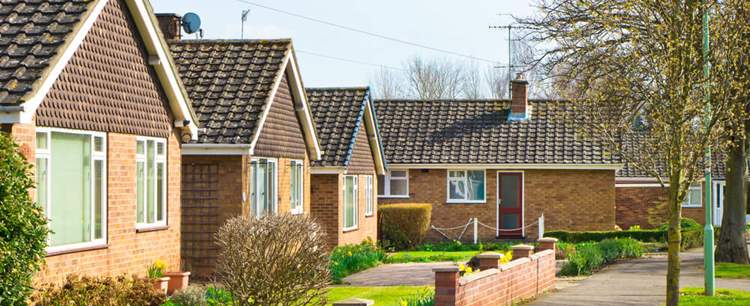Is it possible to insure a house placed in Trust?
Not only is it possible, it is a highly desirable way of protecting the property against such risks as fire, flooding, impacts, storm damage and vandalism.
Indeed, insurance is likely to be such a fundamental precaution that it is central to the Trustees’ duty of care for the assets entrusted to them.
What about the home insurance I’ve always had on the property I’m placing in Trust?
Placing a property in Trust transfers ownership from you to the Trustees – this is one of the primary objectives in setting up a Trust.
The owners of the property have an insurable interest in it – you are no longer the owner, the Trustees are, and it is they who must assume responsibility for managing their insurable interest.
How do I insure a house placed in Trust?
Following on from the point about the transfer of ownership, it is important to keep in mind that it is not you who is arranging the insurance, but the Trustees.
On behalf of the Trust, the Trustees need to make the contract of insurance making clear that it is the Trust which owns the property.
As a separate legal entity, the Trust is able to arrange property insurance in much the same way as an owner occupier – but insurance for property placed in Trust tends to be a niche product, on which you might want to consult a specialist insurance provider.
What is covered by such insurance?
Essentially, the same risks and perils against which any other owner insures the property.
This includes safeguarding the structure and fabric of the building against potentially major threats such as flooding, fire, storm damage, impacts and vandalism, together with any contents which may have been transferred to the Trust along with the home.
A further critical element of cover is indemnity against claims from members of the public alleging the property owner’s negligence in causing them personal injury or loss or damage to their property – claims such as this may assume very considerable proportions and it is usual for at least £1 million of cover to be arranged.
What if no cover is in place?
If there is no insurance in place, then responsibility for the cost of any loss or damage to the property falls on the Trustees, who may have inadequate funds available in the Trust to cover the cost of repairs or rebuilding, or to pay a claim for compensation and any associated legal fees.
Failure to arrange proper and adequate insurance for property in Trust may be considered such a breach of the Trustees’ duty of care that reliance may be placed on the professional indemnity insurance of those such as solicitors or accountants.
Are there other advantages in setting up a Trust?
The Money Saving Expert identifies the potential for a Trust to help reduce your liability for inheritance tax.
As the webpage (dated July 2015) makes clear, however, inheritance tax is a complicated matter and you might want to seek professional advice on the effect on your liabilities of transferring assets to a Trust.

Further Reading:







